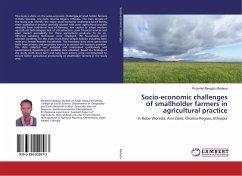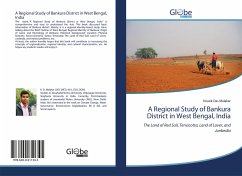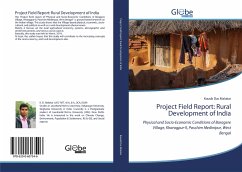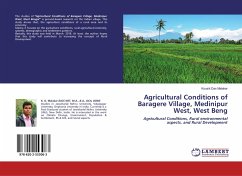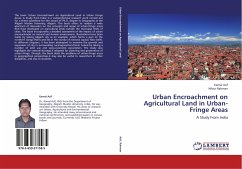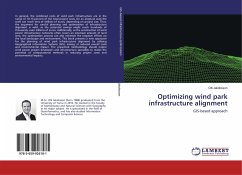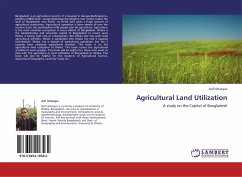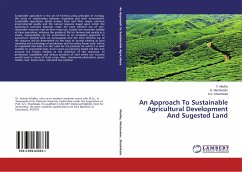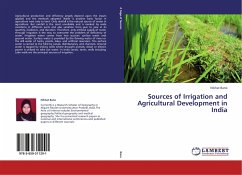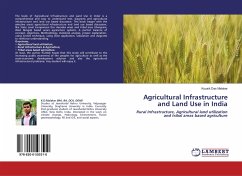
Agricultural Infrastructure and Land Use in India
Rural Infrastructure, Agricultural land utilization and tribal areas based agriculture
Versandkostenfrei!
Versandfertig in 6-10 Tagen
36,99 €
inkl. MwSt.

PAYBACK Punkte
18 °P sammeln!
The book of 'Agricultural Infrastructure and Land Use in India' is a comprehensive and easy to understand text, diagrams and agricultural infrastructure and land use based discussion. This book began with the selective area's agricultural infrastructure and land use based discussion, like State Level Comparison (for decades wise) and tribal area (Jhargram, West Bengal) based area's agriculture systems. A perfect balance of concept, objectives, Methodology, statistical analysis, proper explanation, using ArcGIS technique, using state application, tabulation and diagrams to reinforce understandi...
The book of 'Agricultural Infrastructure and Land Use in India' is a comprehensive and easy to understand text, diagrams and agricultural infrastructure and land use based discussion. This book began with the selective area's agricultural infrastructure and land use based discussion, like State Level Comparison (for decades wise) and tribal area (Jhargram, West Bengal) based area's agriculture systems. A perfect balance of concept, objectives, Methodology, statistical analysis, proper explanation, using ArcGIS technique, using state application, tabulation and diagrams to reinforce understanding. Overviews,- Agricultural land utilization;- Rural Infrastructure & Agriculture;- Tribal areas based agriculture. At least, the author humbly hopes that this study will contribute to the increasing public awareness of the peoples for agriculture as well as the socio-economic development solution and also the agricultural infrastructural problems. Any student will enjoy it.



